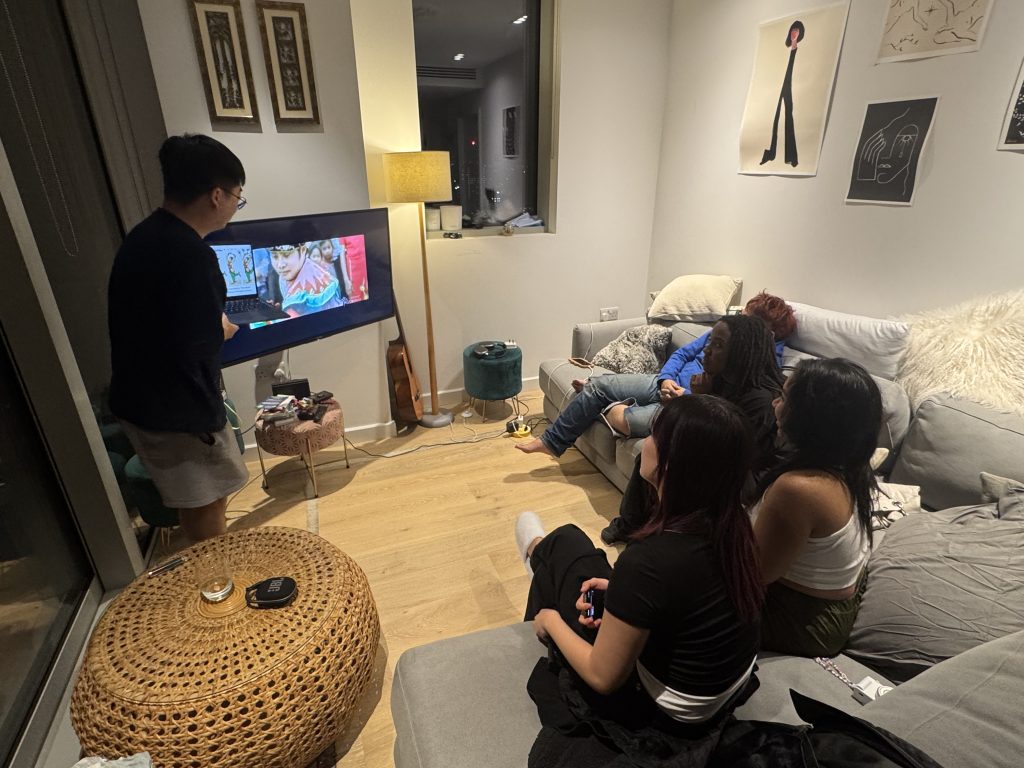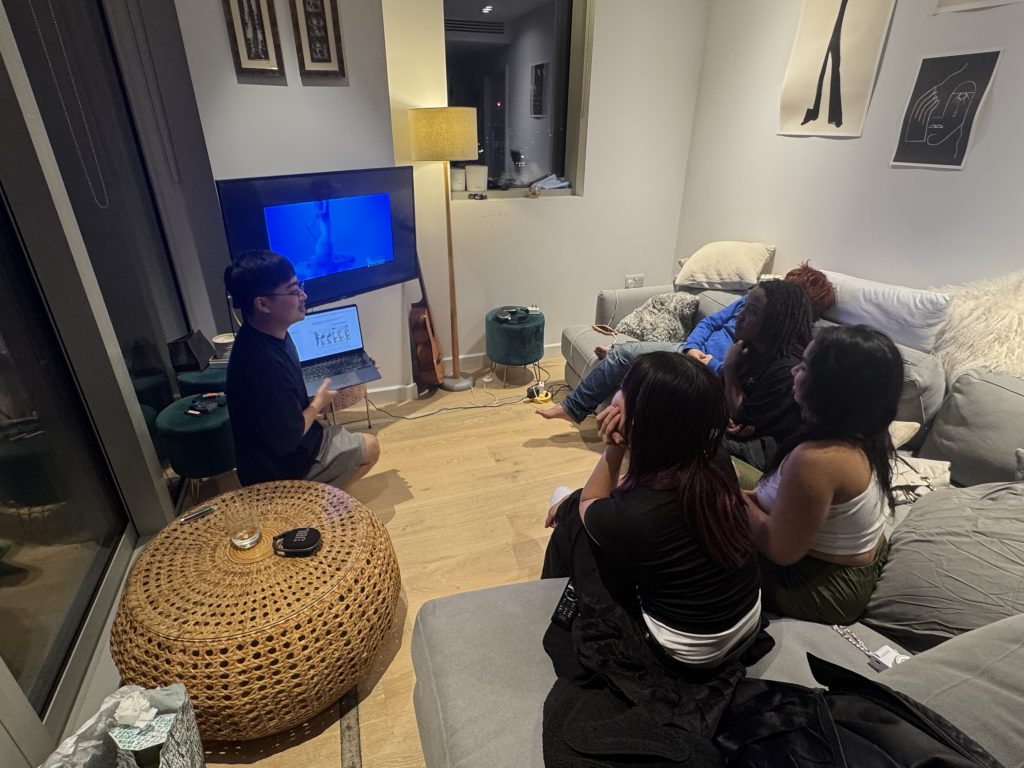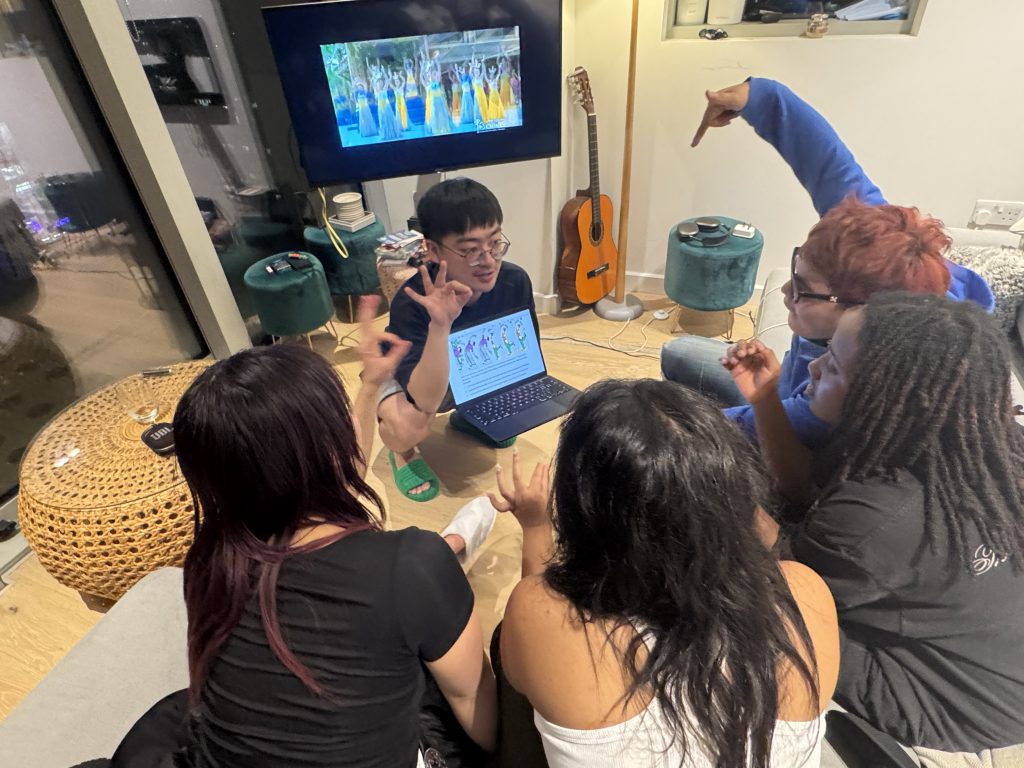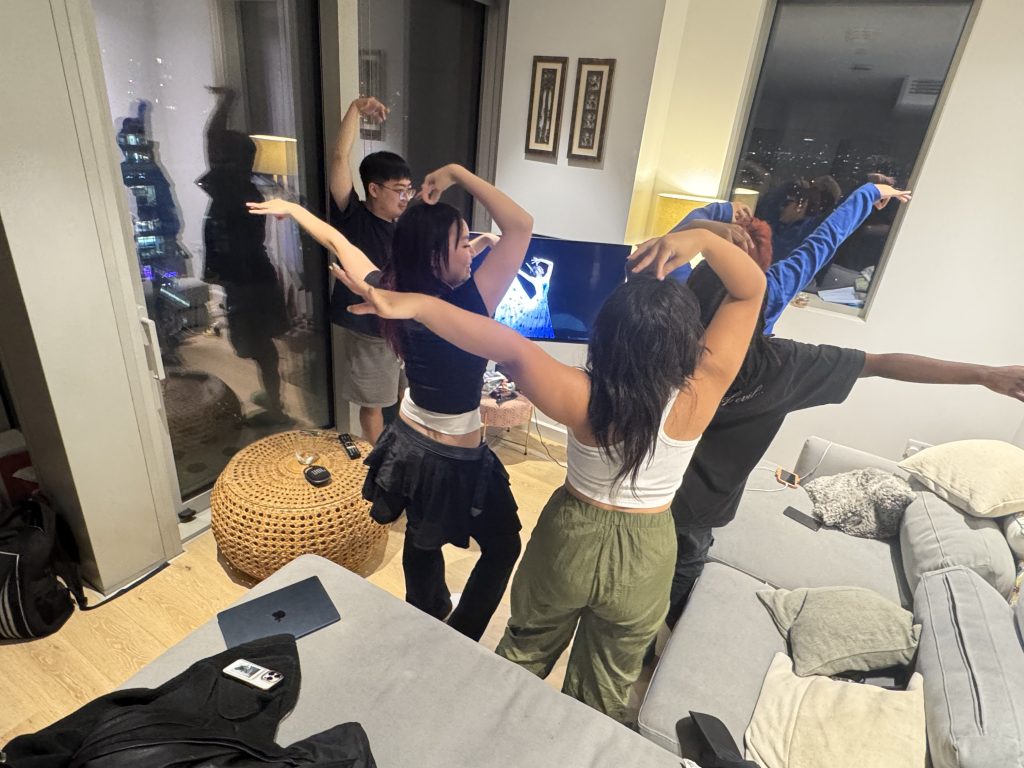My third intervention needed to be simpler. My original idea was to invite a professional teacher of Dai dance to give an online course to interested foreign friends. Still, the original teacher could not attend due to time constraints and language problems.
So I found a new teacher, but the teacher said that there were some reasons that he could not appear on camera at the moment. So I proposed to give him an online class first. After I mastered the core basic knowledge, I would give foreign friends a workshop to deeply experience the Dai people and the Dai peacock dance.
I learned more about the Dai peacock dance when I took a private class with the teacher. For example, the early peacock dance was only for men. It was only in the founding of the People’s Republic of China that women began to dance the peacock dance. Because the earliest Dai king liked peacocks, the king asked his male subjects to start dancing for him, so the earliest origin of the culture was male dancers. Dance units are divided into solo dance, duet dance, and group dance of more than three people. The peacock dance has strict program requirements and standardized steps. The body dances with knee flexion and extension, heavy rise and light fall, slow squat and fast rise, small range of motion, imitating the peacock walking, drinking water, flapping wings, etc., and each movement has a corresponding drum accompaniment. However, it is challenging to master the core essence. The teacher said that it must be “light but powerful.”
A week after the end of the course with the teacher, I invited friends interested in the traditional culture of Chinese ethnic minorities (a total of 4 people) to participate in my intervention. I divided my intervention into four parts:
1. Tell the story of the Dai people and the Dai peacock dance


2. Watch the classic performance video of the peacock dance and the improved performance video of the dance

3. Experience the peacock dance in person and learn by yourself

4. Guide the learning of the peacock dance. After the end of this learning process, I sent the video of everyone’s learning to the teacher and asked the professional teacher to evaluate it and give feedback. After participating, everyone also gave me profound feedback. They said that through this experience, they have a new understanding of the Dai culture and peacock dance and feel the importance of cultural inheritance and the preciousness of culture. In addition, the participants expressed great interest and satisfaction in learning the peacock dance. They believed this hands-on experience greatly enhanced their closeness and respect for the Dai culture. Through such interactions, they not only enhanced their understanding of the culture of China’s ethnic minorities but also inspired their enthusiasm to continue to explore and learn other cultures. They expressed their hope to go to the Xishuangbanna Autonomous Region one day to experience the local culture in person.

This intervention was successful because it achieved the purpose of equal cultural exchange and also enabled the effective dissemination of culture (dissemination at the level of cultural appreciation). The next intervention will expand its influence and allow more people to participate.